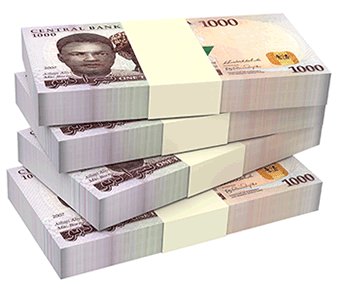
By Godwin Anyebe
Nigeria’s foreign exchange market has long been a source of economic distress, characterized by a complex web of multiple exchange rates, a chronic lack of liquidity, and a pervasive culture of opacity. The recent, bold reforms spearheaded by the Central Bank of Nigeria (CBN) represent a decisive break from this past, aiming to unify the exchange rate and allow market forces to determine its value. The question on everyone’s mind, however, is whether these reforms will unlock the much-needed liquidity for sustainable growth or if they are merely a temporary fix that will inevitably give way to old habits.
The rationale behind the reforms is sound. For years, the official exchange rate was an artificial construct, a “privileged rate” that benefited a select few and fostered a thriving parallel market. This dual system created distortions, discouraged foreign investment, and made it impossible for businesses to plan effectively. By unifying the rates and adopting a “willing buyer, willing seller” model, the CBN seeks to restore transparency, instill confidence, and attract foreign capital. The introduction of an Electronic Foreign Exchange Matching System (EFEMS) and the Nigerian Foreign Exchange (FX) Code are further evidence of this commitment to a more ethical and accountable market.
Initial signs have been encouraging. The CBN has made progress in clearing the backlog of foreign exchange obligations, a move that has given businesses the confidence to invest and plan. Foreign reserves have shown signs of rebounding, and the naira, after an initial period of volatility, has exhibited some stability. The World Bank and other international organizations have lauded the reforms as a crucial step toward macroeconomic stability and economic growth.
However, a closer look reveals that the journey is far from over. The initial shock of the reforms, particularly the sharp depreciation of the naira, has fueled inflationary pressures. This has been a significant burden on ordinary Nigerians, eroding purchasing power and increasing the cost of living. While a more market-reflective exchange rate is a necessary long-term adjustment, the short-term pain is undeniable.
The key to the long-term success of these reforms lies in addressing the fundamental structural issues that have plagued the Nigerian economy for decades. The foreign exchange market’s liquidity is ultimately a function of a country’s export earnings. As a mono-economy heavily reliant on oil, Nigeria remains vulnerable to global oil price shocks. A more diversified economic base, one that promotes non-oil exports and reduces the country’s dependence on imports, is essential to build a truly resilient and liquid foreign exchange market.
The CBN’s reforms, therefore, must be seen as a critical but not sufficient condition for economic revival. They provide the framework for a healthy foreign exchange market, but the market itself needs to be fed by a more robust and diverse stream of foreign currency. The government must complement these monetary policy changes with a broader program of economic reforms, including tackling insecurity, improving infrastructure, and creating a more favorable business environment to attract foreign direct investment.
In conclusion, the FX reforms are not a temporary fix; they are a long-overdue and necessary step toward a more transparent and efficient foreign exchange market. They have laid the foundation for a more stable and predictable economic environment. But for the full benefits to be realized and for the gains to be truly sustainable, these reforms must be part of a larger, coordinated effort to diversify the economy and unlock its full productive potential. The current path is a perilous gamble only if the government fails to take these complementary steps. If they succeed, the reforms could be the key that finally unlocks Nigeria’s vast economic potential.



